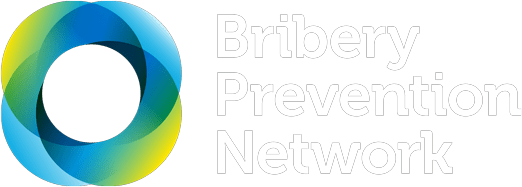Resource Type: Web
Responsible business conduct and anti-corruption compliance in Southeast Asia
by Organisation for Economic Co-operation and Development
Informed by a survey of 229 company representatives from across 10 ASEAN countries, this report offers findings to support businesses to develop and implement anti-corruption risk management policies and practices that contribute to greater resilience and sustainable development. The report presents survey findings using accessible graphics that demonstrate the key risks facing businesses during the COVID-19 pandemic.
Prepared by the Business Council of Australia and Asia Society Australia Asia Taskforce, this discussion paper includes guidance specifically for Australian companies looking to operate in Asia. It incorporates a risk management framework and case studies, and explains strategies for managing bribery and corruption incidents.
Ranks 180 countries and territories by their perceived levels of public sector corruption. Helps companies to understand and compare the corruption risks of operating in different countries. Useful for undertaking third party risk analysis and due diligence. Learn about regional trends, and the areas that have the greatest bribery and corruption risks.
Complaint mechanism for the OECD Guidelines for Multinational Enterprises
by Australian National Contact Point OECD Guidelines for Multinational Enterprises
The Australian National Contact Point (AusNCP) is responsible for promoting the OECD Guidelines for Multinational Enterprises and to contribute to the resolution of issues relating to their implementation when cases against a company are raised. The complaint mechanism helps parties resolve conflicts. The website provides useful information on how to submit a complaint, track a case and view a closed complaint.
This online and interactive tool helps mining companies evaluate and strengthen their anti-corruption controls and procedures, with a specific focus on project licensing, permitting and acquisitions. With indicators selected from close to 40 international best practice standards and frameworks, this tool helps companies reduce their corruption risk exposure.
This toolkit offers a step by step guide on how to design and implement a grievance mechanism. It explains the purpose of having a grievance mechanism, including why this is a good business investment, issues to consider when establishing a grievance mechanism, how to build and operate an effective mechanism, and how to use feedback to improve a mechanism. This resource includes links to other useful tools.
